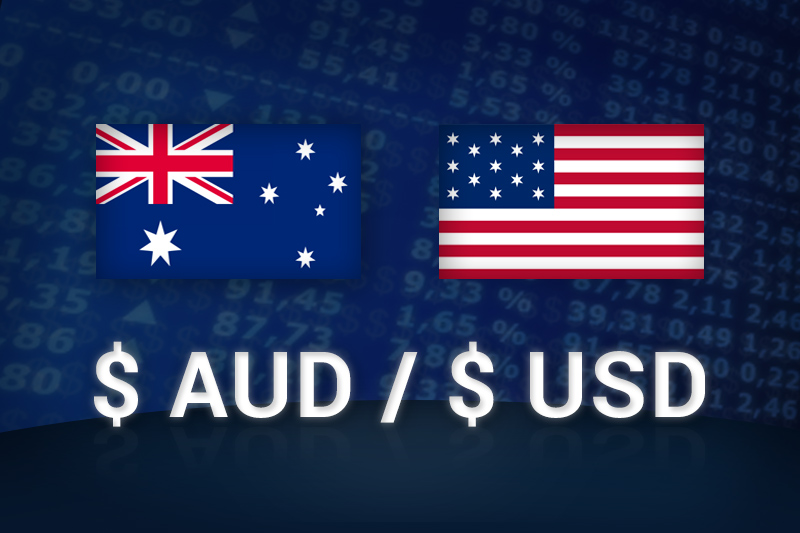Investing.com - The Australian dollar traded higher against its U.S counterpart during Thursday’s Asian session following some decent economic data out of China.
In Asian trading Thursday, AUD/USD rose 0.38% to 0.9660. The pair was likely to find support at 0.9528, the low of October 17 and resistance at 0.9756. That still puts the Aussie in the area of five-month highs against the greenback.
Earlier Thursday, the HSBC China flash PMI climbed to a seven-month high of 50.9 in October. The HSBC final PMI reading for September was 50.2, well below the flash estimate of 51.2. China, the world’s second-largest economy, is Australia’s largest export market.
The flash PMI reading for October "implies that China’s growth recovery is becoming consolidated into 4Q following the bottoming out in 3Q. This momentum is likely to continue in the coming months, creating favorable conditions for speeding up structural reforms," according to HSBC.
Output, new orders and new export orders all increased at faster clips, but the employment index fell. Input and output prices rose, but at slower rates.
On Wednesday in Australia, official data showed that consumer price inflation rose by 1.2% in the third quarter, exceeding expectations for a 0.8% increase, after a 0.4% rise in the three months to June.
Trimmed mean consumer price inflation, which excludes the most volatile 30% of items, rose 0.7% in the September quarter, more than the expected 0.6% uptick, after an upwardly revised 0.6% increase in the second quarter.
In a separate report, the Conference Board said its leading index for Australia fell 0.2% in August, after a 0.3% rise the previous month.
Elsewhere, AUD/JPY added 0.37% to 94.07 while AUD/NZD fell 0.13% to 1.1450.
In Asian trading Thursday, AUD/USD rose 0.38% to 0.9660. The pair was likely to find support at 0.9528, the low of October 17 and resistance at 0.9756. That still puts the Aussie in the area of five-month highs against the greenback.
Earlier Thursday, the HSBC China flash PMI climbed to a seven-month high of 50.9 in October. The HSBC final PMI reading for September was 50.2, well below the flash estimate of 51.2. China, the world’s second-largest economy, is Australia’s largest export market.
The flash PMI reading for October "implies that China’s growth recovery is becoming consolidated into 4Q following the bottoming out in 3Q. This momentum is likely to continue in the coming months, creating favorable conditions for speeding up structural reforms," according to HSBC.
Output, new orders and new export orders all increased at faster clips, but the employment index fell. Input and output prices rose, but at slower rates.
On Wednesday in Australia, official data showed that consumer price inflation rose by 1.2% in the third quarter, exceeding expectations for a 0.8% increase, after a 0.4% rise in the three months to June.
Trimmed mean consumer price inflation, which excludes the most volatile 30% of items, rose 0.7% in the September quarter, more than the expected 0.6% uptick, after an upwardly revised 0.6% increase in the second quarter.
In a separate report, the Conference Board said its leading index for Australia fell 0.2% in August, after a 0.3% rise the previous month.
Elsewhere, AUD/JPY added 0.37% to 94.07 while AUD/NZD fell 0.13% to 1.1450.
